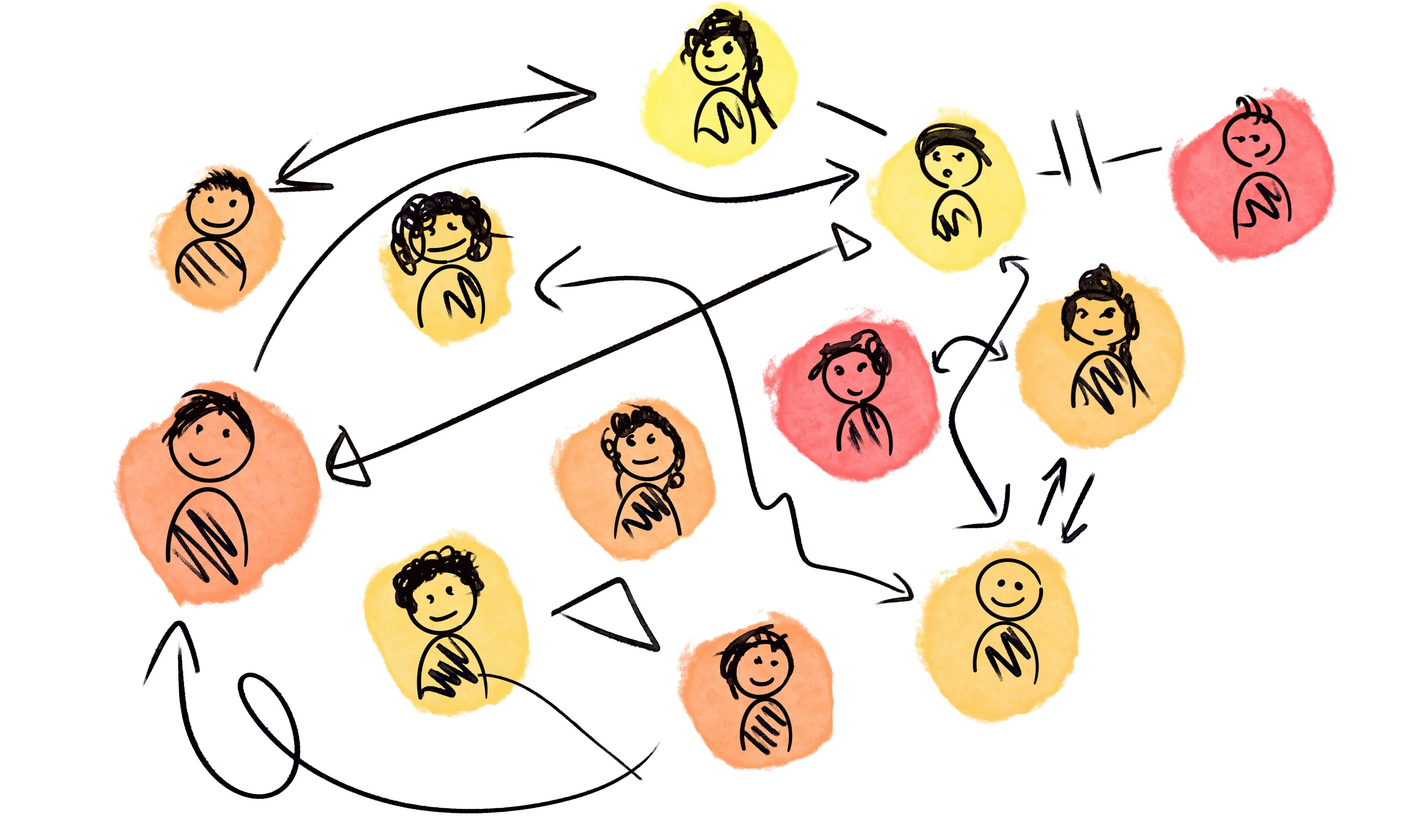From Idea to Impact
How to Survive in a World of Change

This lecture explores how organizations can remain entrepreneurial and innovative in the face of global change. Students learn to recognize key trends, understand the entrepreneurial process, and manage innovation effectively and responsibly.
Living in a World of Change
Organizations today face the dual challenge of creating value in the present while preparing for future opportunities. Global trends—such as digital transformation, sustainability pressures, and shifting consumer expectations—require businesses to adapt continuously. We discuss several examples (e.g., Amazon, Dutch department stores) to illustrate how companies navigate these pressures and the risks of failing to innovate.
Entrepreneurship
Entrepreneurship is about venturing practice: creating value by combining opportunities with resources1. We examine different perspectives, including causal vs. effectual reasoning and the entrepreneurial spectrum. Real-world cases such as BP, WWF, Brownies & Downies, and Patagonia highlight how entrepreneurship can take many forms, from profit-driven ventures to mission-driven organizations.
The Timmons Model of the entrepreneurial process and the Business Venture Lifecycle illustrate how entrepreneurs develop ideas into impactful ventures through opportunity recognition, resource mobilization, and team formation.
Innovation
Innovation is the process of creating, using, and spreading novelty1. One of the key drivers of innovation in a changing world is ambidexterity: the organization’s ability to balance exploitation of existing strengths with exploration of new opportunities.
We discuss several models of innovation, such as the innovation funnel and open innovation approaches. We also discuss the diffusion of innovation, which explains how new products and practices spread. These models are illustrated by case examples such as the Philips Senseo and Baristina coffee systems.
We also distinguish between four different types of innovation2:
- Product innovation: introducing new or improved goods/services.
- Marketing innovation: new design, packaging, promotion, or pricing methods.
- Process innovation: improving production or delivery methods.
- Organizational innovation: new ways of collaborating internally and externally.
Finally, we discuss social innovation, which tackles societal needs by creating new social relationships across organizational and sectoral boundaries.
About the Course
The course Introduction to Responsible Organisation explores how businesses can create economic, social, and ecological value in a rapidly changing world. The course introduces students to the foundations of professional management while addressing the challenges of ethics, responsibility, and sustainability. Across the lectures, we examine how organizations make strategic choices, organize their structures, and foster entrepreneurship and innovation. Students learn key frameworks and apply these to real-world cases ranging from multinational corporations to mission-driven ventures.
Through the Young Innovators Project, students connect theory with practice by working in teams to research and visit local organizations. They collect data, conduct interviews, and provide insights that feed into the regional Lifeport@ Innovation Monitor. This hands-on project not only develops research and analytical skills but also trains students in professional collaboration and communication.
As defined in Laasch, O. (2024). Principles of Business & Management—Practicing Ethics, Responsibility, Sustainability (3rd ed.). SAGE Publications Ltd. ↩︎ ↩︎
See OECD & Eurostat. (2018). Oslo Manual 2018: Guidelines for Collecting, Reporting and Using Data on Innovation, 4th Edition. OECD.
https://doi.org/10.1787/9789264304604-en↩︎
Related Posts

Teaching Lectures

Teaching Lectures
Lecture on organizing for innovation: from creativity and idea generation to implementation in organizations.

Teaching Lectures
Innovation thrives when firms manage both individual talent and the networks connecting them.

Teaching Lectures
From issue-selling to execution: how social dynamics shape idea championing and implementation.